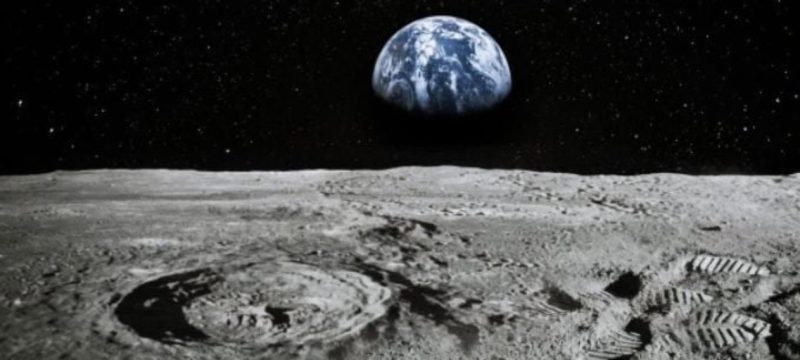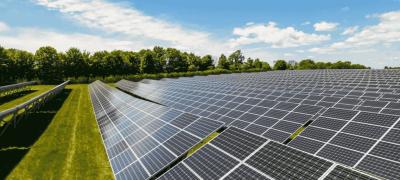As NASA prepares for its first crewed Moon landing in over 50 years, the agency has revealed nine potential landing regions near the lunar South Pole for the Artemis III mission. These sites will undergo further assessments, and NASA is also exploring additional areas for future missions.
Lakiesha Hawkins, assistant deputy associate administrator for the Moon to Mars Program Office, stated, “Artemis will bring humanity back to the Moon and venture into unexplored territories. Our selection of these regions highlights our commitment to ensuring safe landings for crews near the lunar South Pole, where they will contribute to new scientific discoveries.”
Also Read: NASA’s Crew-8 Astronauts Return Safely After Extended Mission
The Cross Agency Site Selection Analysis team at NASA, collaborating with scientific and industry experts, evaluated these potential landing sites based on their scientific significance and feasibility for the mission. The identified lunar landing regions are:
- Peak near Cabeus B
- Haworth
- Malapert Massif
- Mons Mouton Plateau
- Mons Mouton
- Nobile Rim 1
- Nobile Rim 2
- de Gerlache Rim 2
- Slater Plain
These areas offer a variety of geological features, providing flexibility for mission planning. Notably, the lunar South Pole has yet to be explored by crewed missions and may contain permanently shadowed regions that could hold critical resources, such as water.
Sarah Noble, Artemis lunar science lead at NASA, emphasized the unique environment of the Moon’s South Pole compared to the Apollo landing sites, stating, “It provides access to some of the Moon’s oldest terrains, along with cold, shadowy areas that may hold water and other compounds. Any of these landing sites will allow us to conduct remarkable scientific research and make new discoveries.”
The selection process involved using data from NASA’s Lunar Reconnaissance Orbiter and extensive lunar research, with criteria that included scientific potential, launch window availability, terrain suitability, communication capabilities, and lighting conditions. The capabilities of NASA’s Space Launch System (SLS), Orion spacecraft, and Starship HLS (Human Landing System) were also assessed to ensure safe landing options.
Jacob Bleacher, NASA’s chief exploration scientist, noted, “Artemis III marks the first time astronauts will land in the Moon’s south polar region. They will use a new lander to explore terrain unlike that of the Apollo missions.”
NASA’s site assessment team plans to actively engage the lunar science community through conferences and workshops to gather data, create geological maps, and evaluate the regional geology of the selected sites. The agency aims to finalize specific landing locations for Artemis III based on the mission’s target launch dates, which will impact transfer trajectories and surface conditions.
Through the Artemis program, NASA seeks to establish the groundwork for long-term scientific exploration of the Moon, with the goal of landing the first woman, the first person of color, and its first international partner astronaut on the lunar surface, ultimately paving the way for human missions to Mars.









